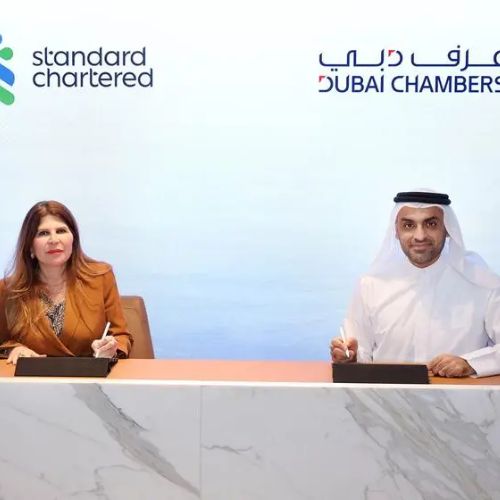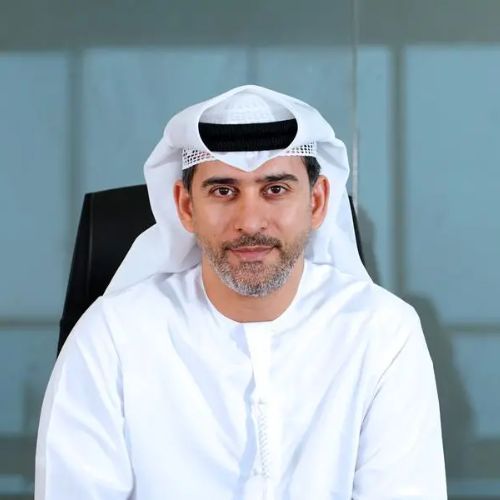The first Hindu stone temple in Abu Dhabi, which was opened by Prime Minister Narendra Modi, will open to the public on March 1. BAPS built the temple on a 27-acre plot in Abu Dhabi in the Nagara architectural style, making it the largest Hindu Mandir in the Gulf.
The first Hindu stone temple in Abu Dhabi, inaugurated by Prime Minister Narendra Modi earlier this month, will be available to the public on March 1, according to temple officials. The Bochasanwasi Shri Akshar Purushottam Swaminarayan Sanstha (BAPS) Swaminarayan Sanstha built the temple on a 27-acre property in Abu Mureikhah, near Al Rahba off the Dubai-Abu Dhabi Sheikh Zayed Highway, for roughly Rs 700 crore.
Prime Minister Modi inaugurated the great temple on February 14 during a dedication ceremony attended by over 5,000 invited guests. From February 15 to 29, abroad devotees who had registered ahead of time, as well as VIP guests, were permitted to visit the temple.
“The temple will be open to the public on March 1 from 9 a.m. to 8 p.m. The temple will be closed to guests on Mondays, according to a temple official.
The temple was built in the Nagara style of architecture, similar to the recently inaugurated Ram Temple in Ayodhya, using 18 million bricks and 1.8 lakh cubic meters of sandstone sourced straight from Rajasthan.
According to temple officials, the huge temple was erected in accordance with an old style of construction and creation described in the Shilpa and Sthapathya Shastras, Hindu books that detail the art of mandir architecture and construction.
The UAE has at least 3.5 million Indian workers in the Gulf. The UAE government donated the land for the shrine.
The BAPS Hindu Mandir is the largest in the Gulf region. The UAE has three more Hindu temples in Dubai.
The architecture of the stone temple has seven spires representing the seven Emirates of the UAE, carvings of camels, and the national bird falcon, all to offer equal representation to the host country.
“The seven spires contain idols of deities such as Lord Ram, Lord Shiv, Lord Jagannath, Lord Krishna, Lord Swaminarayan (seen as a reincarnation of Lord Krishna), Tirupati Balaji, and Lord Ayappa. Swami Brahmaviharidas, BAPS’s head of foreign relations, told PTI that the seven shikhars reflect the seven Emirates of the UAE.
To offer equal representation to the host country, the temple design includes the UAE’s national bird, the falcon, as well as creatures such as elephants, camels, and lions, all of which play major roles in Indian mythology.
In addition to 15 Indian tales, including the Ramayana and Mahabharata, the temple depicts stories from Mayan, Aztec, Egyptian, Arabic, European, Chinese, and African civilizations.
While the temple’s outer walls are built of Indian sandstone, the inside is made of white Italian marble and features intricately crafted and carved columns and walls.
Other notable architectural features include two ghumats (domes), 12 samrans (dome-like structures), and 402 pillars. The two ghumats are known as the “Dome of Peace” and “Dome of Harmony”.
Holy water from the Ganga and Yamuna flows on both sides of the temple, having been imported from India in large containers.
The temple’s exterior is decorated with magnificent marble carvings against a sandstone backdrop, which were created by talented artisans from Rajasthan and Gujarat using over 25,000 pieces of stone. A large quantity of pink sandstone was imported from northern Rajasthan to Abu Dhabi for the temple.















